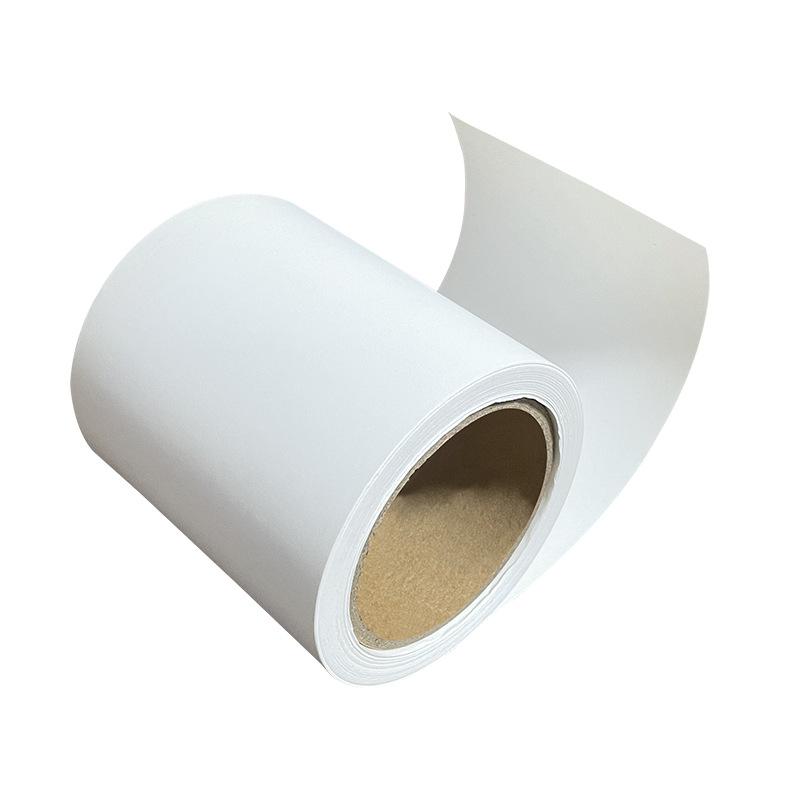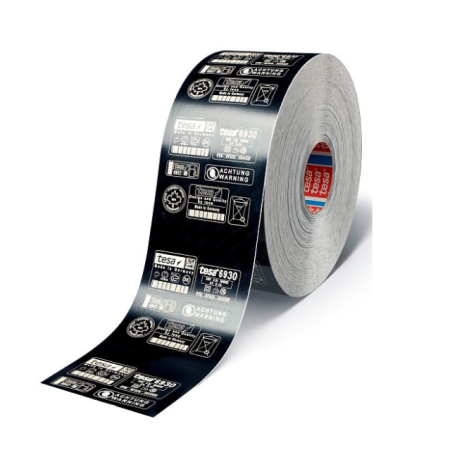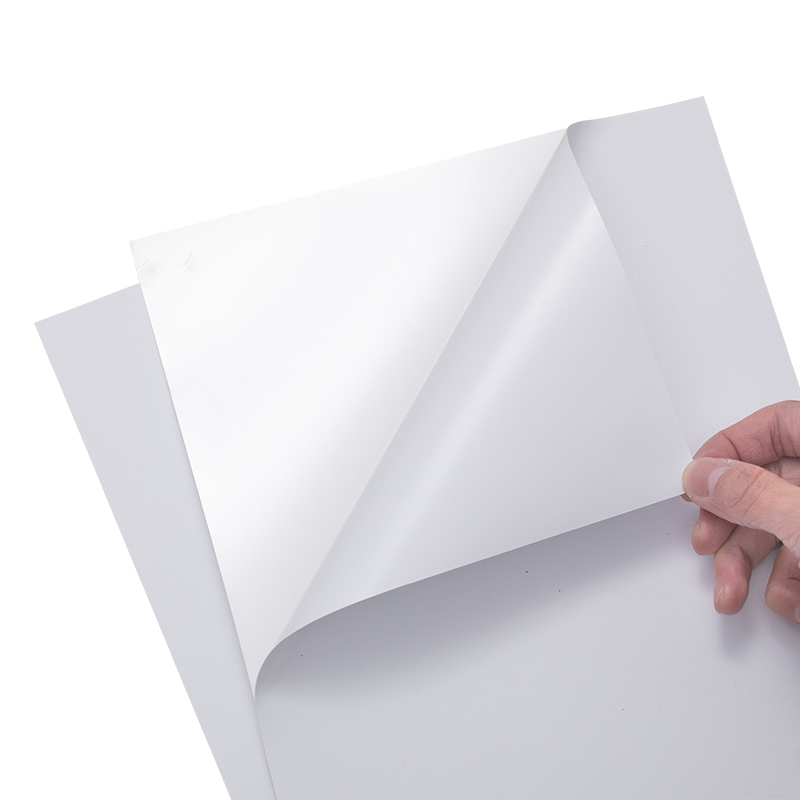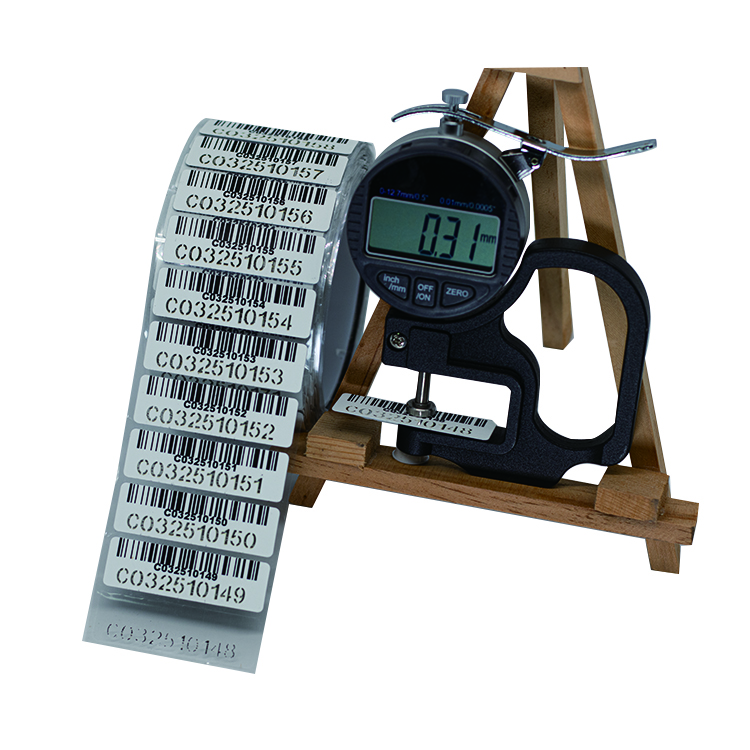High-Temperature Resistant Labels for Steel Materials
Sticker labels play a crucial role in various industries, providing essential information and identification for products. In the steel industry, where extreme temperatures are a common occurrence, high-temperature resistant labels are indispensable. These labels are specifically designed to withstand the harsh conditions of steel processing, ensuring accurate and durable identification throughout the entire production cycle.
The Importance of High-Temperature Resistance
Steel materials undergo intense heat during various stages of their manufacturing process, including smelting, casting, and rolling. Traditional labels are not suitable for such extreme conditions, as they can easily deteriorate, fade, or become illegible. This poses significant challenges for steel manufacturers, as accurate identification is crucial for quality control, traceability, and compliance with industry regulations.
High-temperature resistant labels are engineered to withstand temperatures ranging from 500°C to 1000°C, ensuring their durability and legibility in extreme heat environments. These labels are made from specially formulated materials, such as ceramic or metal foils, which exhibit excellent resistance to heat, chemicals, and mechanical stress.
The Design and Construction of High-Temperature Resistant Labels
When designing high-temperature resistant labels for steel materials, several factors need to be considered:
1. Material Selection: The choice of materials is critical to ensure the label's performance under extreme conditions. Ceramic labels, for example, are highly resistant to heat, chemicals, and abrasion, making them ideal for steel processing applications. Metal foils, on the other hand, offer excellent durability and can withstand high temperatures without losing legibility.
2. Adhesive Properties: The adhesive used in high-temperature resistant labels must be capable of withstanding extreme heat without melting or losing its bonding strength. Silicone-based adhesives are commonly used in these labels due to their exceptional resistance to high temperatures.
3. Printing Techniques: Special printing techniques are required to ensure that the information on the labels remains clear and legible even after exposure to extreme heat. Thermal transfer printing, laser engraving, or metal etching are commonly employed methods to achieve this level of durability.
The Benefits of High-Temperature Resistant Labels
The use of high-temperature resistant labels brings several advantages to the steel industry:
1. Enhanced Safety: Accurate identification of steel materials is crucial for maintaining a safe working environment. High-temperature resistant labels ensure that workers can easily identify and handle materials without confusion or risk of accidents.
2. Improved Efficiency: High-temperature resistant labels enable streamlined processes by providing clear and legible information throughout the production cycle. This reduces errors, minimizes downtime, and enhances overall operational efficiency.
3. Compliance and Traceability: Steel manufacturers must comply with strict industry regulations regarding product identification and traceability. High-temperature resistant labels ensure that the necessary information, such as batch numbers, specifications, and safety warnings, remains intact and visible throughout the steel materials' lifecycle.
Conclusion
In the steel industry, where extreme temperatures are a constant challenge, high-temperature resistant labels play a vital role in ensuring accurate identification and traceability of steel materials. These labels are designed with specific materials and printing techniques to withstand the heat, chemicals, and mechanical stress associated with steel processing. By using high-temperature resistant labels, steel manufacturers can prioritize safety, efficiency, and compliance, ultimately contributing to the overall success of their operations.
We offer comprehensive technical support, including free professional labeling solutions, advice on label materials and adhesive selection, as well as online/offline assistance from professional software and hardware engineers. Service email: andy@ownlikes.cn. In pre-sales, we leverage our extensive experience in specialty labeling projects to provide clients with the most suitable hardware solutions. Additionally, all our label barcode printers and scanners come with a three-year free warranty, demonstrating our confidence in our products.






This site is protected by reCAPTCHA and the Google Privacy Policy and Terms of Service apply.